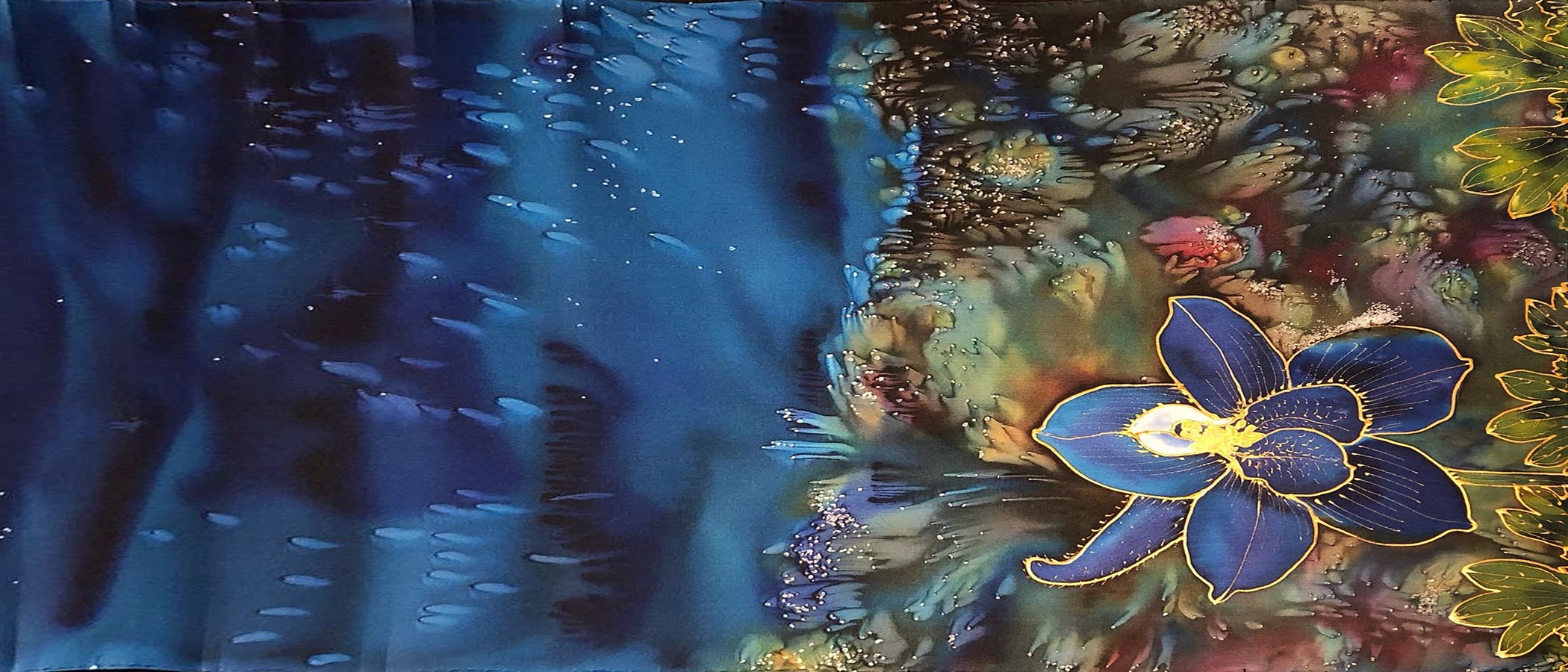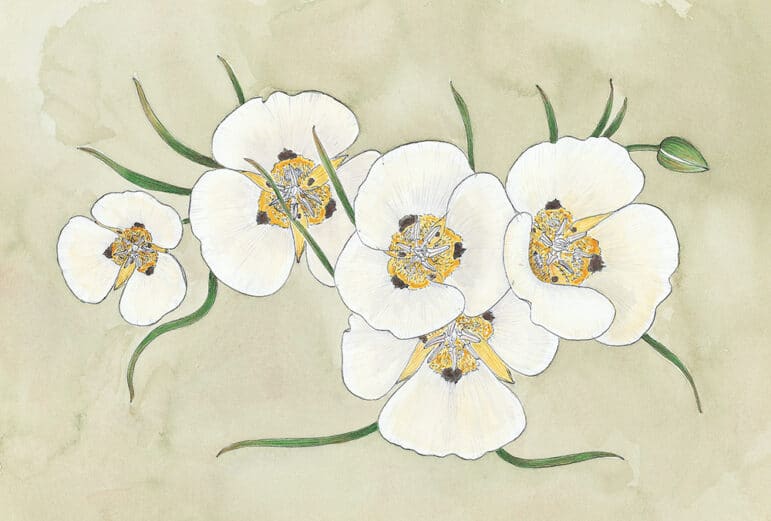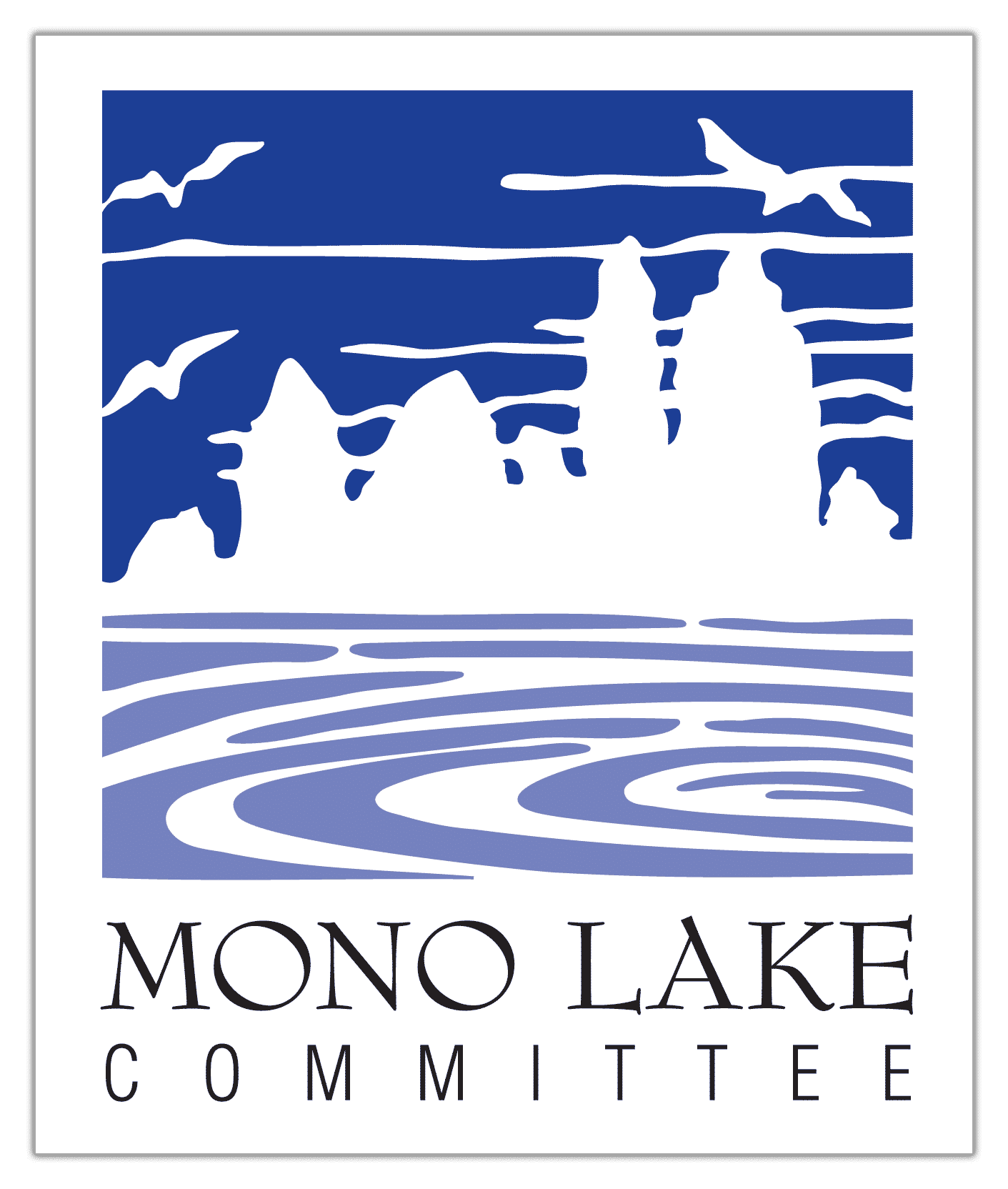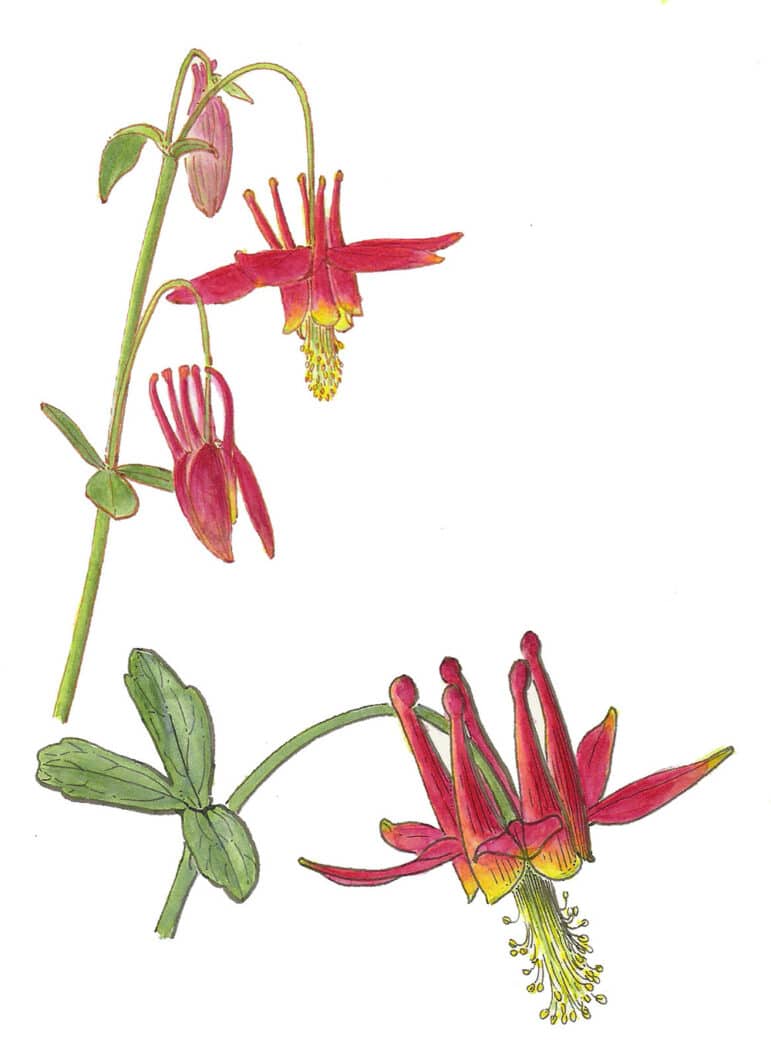
Please join us at the Mono Lake Committee in premiering our new gallery show, Flora of the Sierra Nevada: Botanical Watercolors & Hand-Painted Silks, with a reception on Saturday, August 2, 2025 from 4:00 to 6:00pm.
Linda Ann Vorobik, PhD botanist and botanical artist, has worked on the flora of California for most of her career. While she no longer lives in California full-time (she currently resides in her family home in Lopez Island, Washington), Linda still holds California flora near and dear to her heart, and visits the Sierra Nevada several times each year. In her own words, “to love the Sierra Nevada is to love its flora, for what are the mountains without their scenes of forests and waterfalls, of streams decorated with columbine and lupines, of the alpine, which may look barren, but is in fact decorated with the smallest of survivalists in its plants.”
Linda’s work has spanned many botanical projects in California. She illustrated more than a third of the premier flora of California for The Jepson Manual, she illustrated all of the California Channel Island floras for the Santa Barbara Botanical Garden, she has illustrated many of California’s rare plants, she was an editor for the California Native plant Society’s Journal Fremontia, and she researches the mustard genera Arabis (rockcress) and Erysimum (wallflower). Linda also taught the course “An Introduction to California Plant Life” at UC Berkeley for seven years.
More recently Linda has taken up silk painting. This process combines both her ability and passion in drawing and painting. The process is as follows: blank silk scarves are washed with a special soap, then dried, ironed, and stretched on a frame (see the image of a painted scarf on the frame). Any designs to appear on her scarves (or if larger and more ornate, wall hangings) are drawn on with a resist called gutta. Gutta has the consistency of Elmer’s Glue, and is, in fact, applied using a squeeze bottle like Elmer’s. After the gutta is applied and has dried, the liquid dyes are applied with a paintbrush. “Psychedelic” effects are achieved using salt or sugar. Once the dyes have dried, the painted silks are removed and steamed for three hours in order to fix the dyes to the fabric, and after steaming the silks are washed, dried, ironed, displayed, and sold. Linda notes that her silk paintings are much looser than her botanical art because control with the gutta is challenging, not to mention that dyes have a mind of their own when it comes to where they flow on fabric.

Linda loves the mountains, and this show is proof of it. The gallery show will consist of a combination of silk wall hangings of her favorite trees (Sierra juniper, giant sequoia, and aspen) and watercolors of some of her favorite plants (maidenhair, paintbrush, penstemon, even the wolf lichen), along with a selection of silk scarves featuring larkspur, lichens, iris, and paintbrush. Watercolors will be available as framed originals, framed prints, prints, and notecards.
We are pleased that Linda has chosen the Committee gallery space to host her beautiful art. We hope that everyone can come out and enjoy her pieces, which bring her love of the Sierra to light.
Top photo courtesy of Linda Ann Vorobik.


